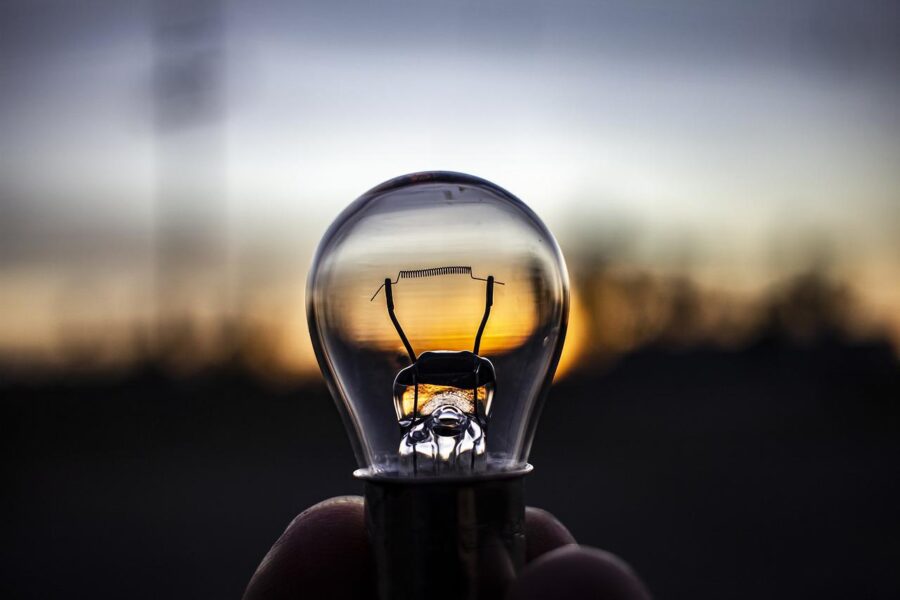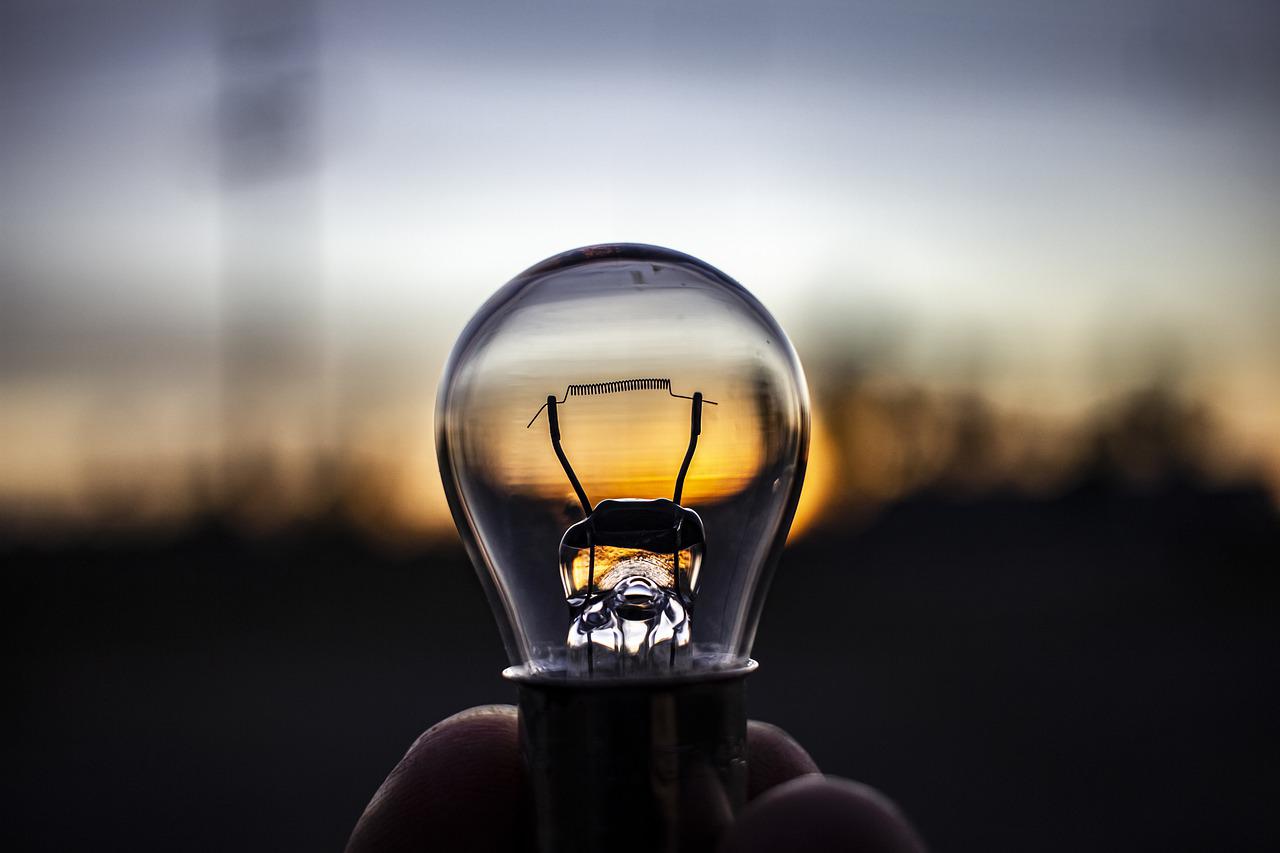
Ramaphosa Admits Load Shedding Not a Quick Fix BUT Progress Underway
Given the unpredictable performance of Eskom’s fleet of coal-fired power stations, President Cyril Ramaphosa has admitted that the country will not be able to eliminate load shedding in the short term. Just this week in South Africa Eskom is implementing Stage 3 load shedding between 00:00 and 16:00 until Thursday, while Stage 4 load shedding […]

Given the unpredictable performance of Eskom’s fleet of coal-fired power stations, President Cyril Ramaphosa has admitted that the country will not be able to eliminate load shedding in the short term.
Just this week in South Africa Eskom is implementing Stage 3 load shedding between 00:00 and 16:00 until Thursday, while Stage 4 load shedding is being implemented daily during the evening peaks from 16:00 until 00:00.
In his weekly newsletter, President Ramaphosa said there was no quick fix however, progress has been made in the implementation of the additional actions announced in July, even though the effects may not be immediately felt.
“As we work with greater urgency to fix the immediate problem of an unreliable power system, we are also busy laying the groundwork for a sustainable, lasting solution to the country’s electricity woes,” he said on Monday.
The President has reaffirmed government’s immediate goal, which is to reduce the frequency and severity of load shedding by addressing power station breakdowns.
He said that this is a significant challenge given the average age of power stations, and that in the past critical maintenance was not undertaken at the necessary intervals.
“Eskom is urgently implementing measures to improve plant performance, which is a priority until new generation power projects are brought online. It is addressing the critical issue of coal supply, including working with Transnet on the transportation of coal and monitoring the consistency of the supply from collieries to stations.
“Eskom is also addressing the poor quality of coal, which often leads to plant breakdowns. People with experience in running power stations are being brought back to help with plant operation, management and mentorship,” the President said.
In a bid to ensure that critical maintenance is undertaken without delay, discussions are underway to ease local content requirements for spare parts and to use the equipment manufacturers to undertake maintenance.
In addressing the immediate energy shortfall, Eskom has since July worked on procuring emergency power, and in the last week launched power purchase programmes for 1 000 megawatts of emergency capacity from companies with existing generation capacity and to secure imports from neighbouring countries.
Government is also giving close attention to the skills, experience and capabilities of the Eskom leadership to ensure that the company has the best people at all levels of the organisation.
“These interventions will help to reduce the severity and frequency of load shedding as we are bringing new power onto the grid over the medium term to increase energy supply,” he said.
While government works to increase the supply of electricity, the President has pleaded that efforts must be increased to reduce demand, particularly at peak times.
“We must come together as citizens to alleviate the pressure on the national grid. This means using electricity sparingly, reporting illegal connections and paying for the electricity we use.”
He further urged businesses, households and government departments that owe Eskom to pay up so that the power utility is able to undertake the critical maintenance that is needed to keep the lights on.
“As we continue to experience load shedding, there is a great temptation to give up hope that we will ever solve this problem.
“Yet, if we look just beyond the most immediate crisis, there are real signs of progress and good reasons to be optimistic,” the President said. – SAnews.gov.za
